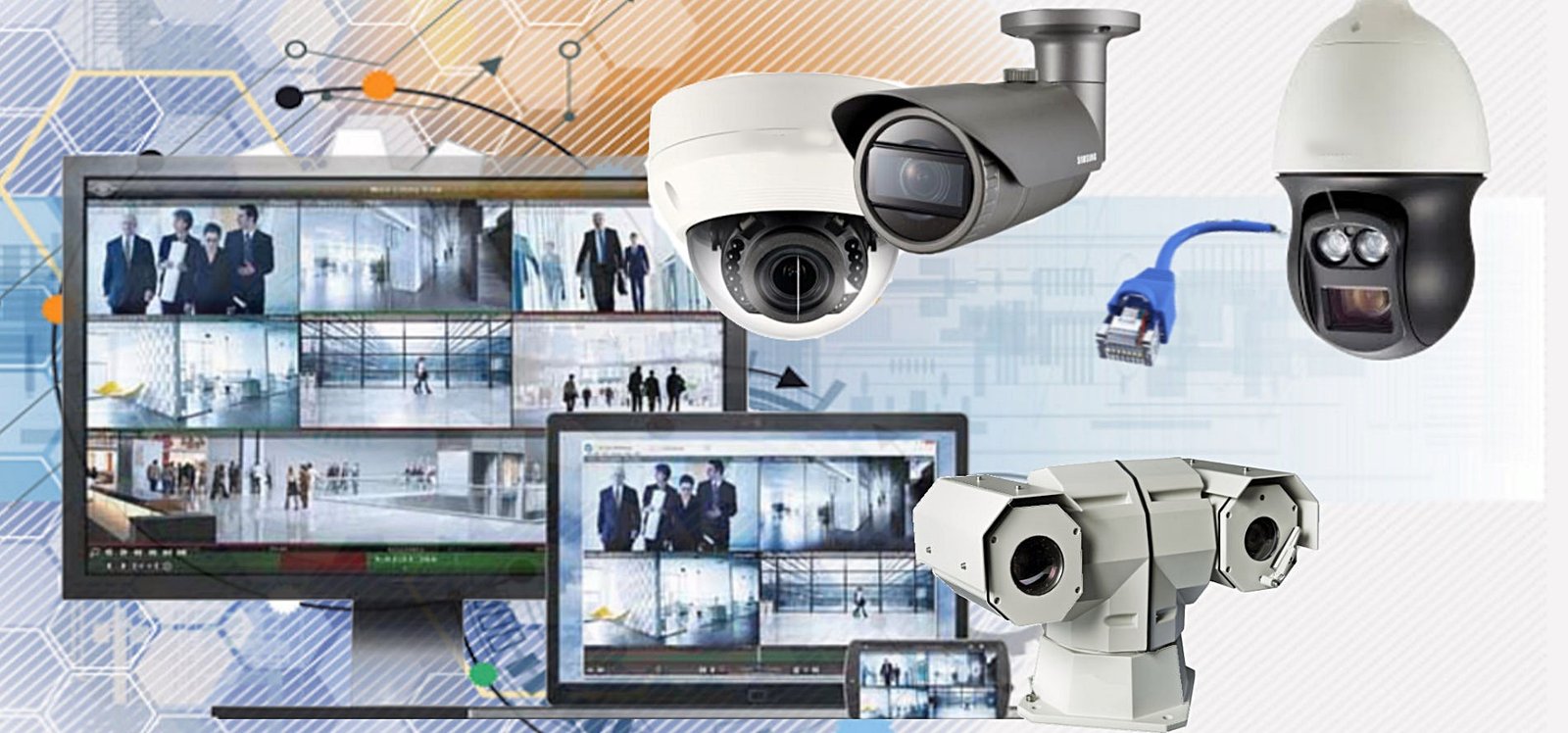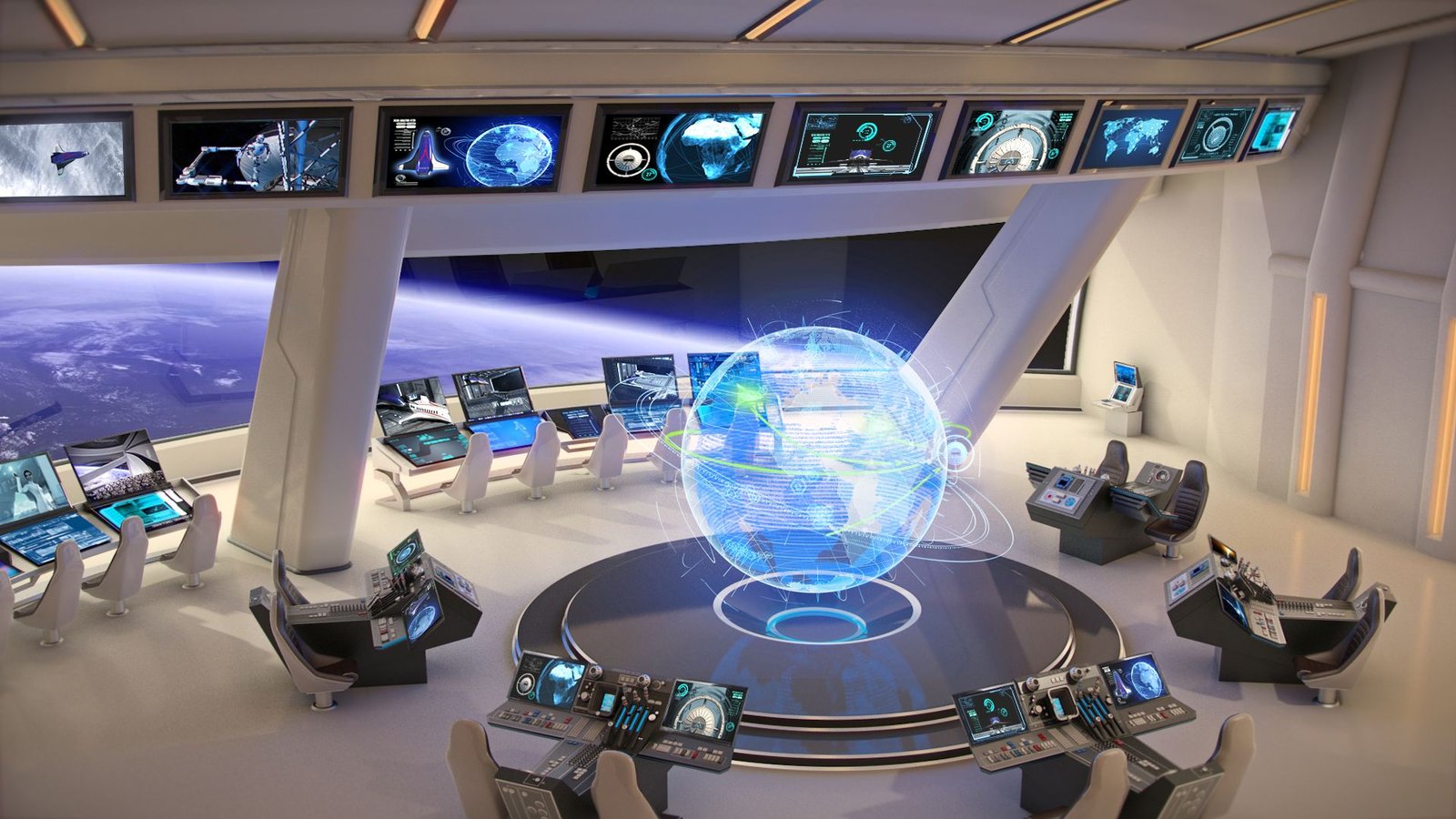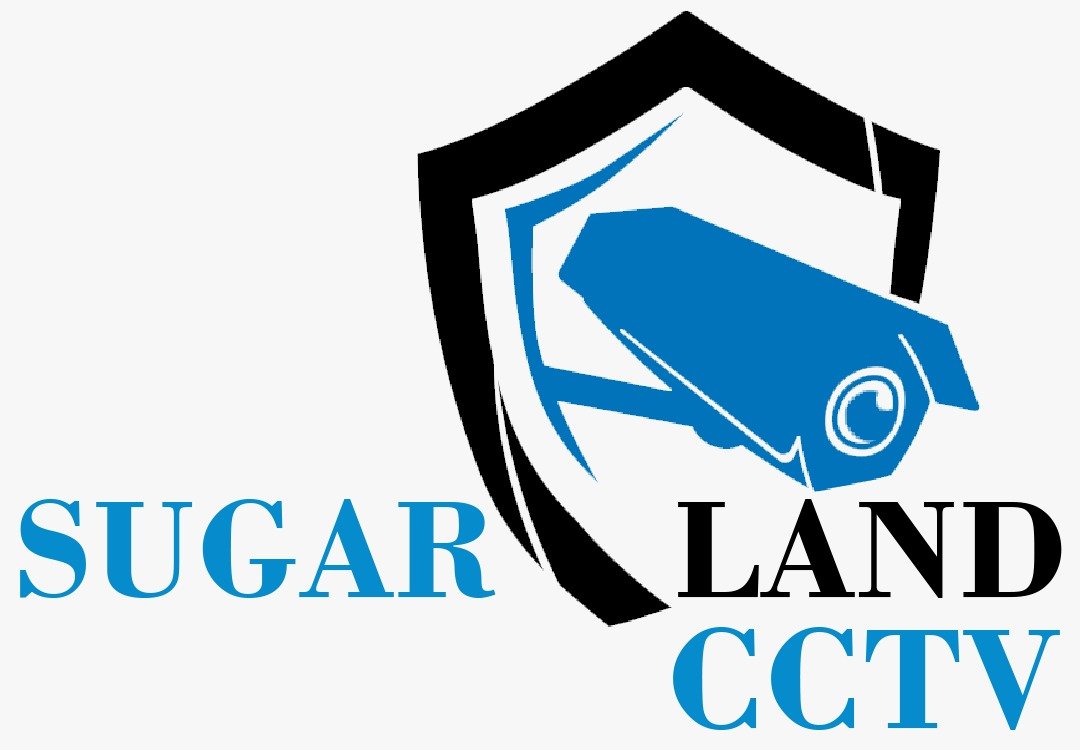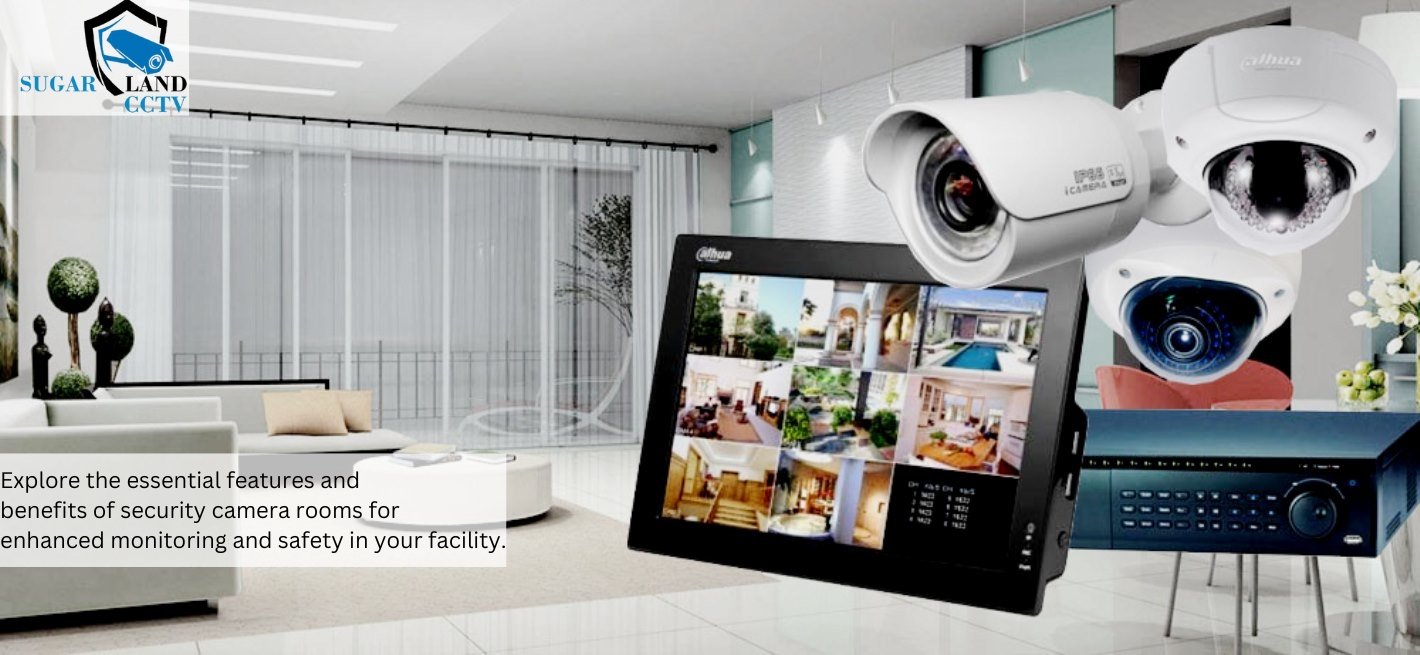From Surveillance Hub to Security Camera Room Synonyms
Designing an Effective Security Camera Room for 24/7 Monitoring
In an era where security is paramount, setting up a robust security camera room has become essential for organizations of all types. These rooms serve as the command center for monitoring activities, deterring crime, and safeguarding assets. However, they go by various names depending on the setup, purpose, and technology used. Let’s explore different terms and configurations like “Surveillance Room Setup,” “CCTV Monitoring Station,” and more, to help you select the ideal surveillance solution.
What is a Motion detection cameras?
A Motion detection cameras (also known as a surveillance hub or camera monitoring center) is designed for monitoring live feeds from surveillance cameras and storing video footage. This space typically includes multiple monitors, a recording system, and sometimes advanced analytics software. Whether for a retail store, corporate office, or public building, these rooms help security teams keep an eye on activities, respond to incidents, and maintain safety.
Different Names and Setups for a Surveillance command center.
1. Surveillance Room Setup
A surveillance room setup is a standard arrangement with screens showing live and recorded footage from security cameras placed around a facility. Often small and compact, this setup is ideal for retail environments or small offices needing only basic surveillance.
Features:
- Monitors multiple zones in real-time
- May include intercom systems for communication with security personnel
- Typically equipped with basic security software
2. CCTV Monitoring Station
A CCTV monitoring station is a more advanced setup, typically used in larger facilities or areas needing continuous observation. Equipped with high-definition screens, this station often includes tools for zooming, rotating, and switching between different camera views.
Features:
- Provides access to a wide-angle view of multiple locations
- Allows detailed monitoring for identifying individuals or suspicious activities
- Includes video playback options for incident review
3. Security Control Room
A security control room is a centralized space that combines security camera monitoring with alarm response, access control, and sometimes communication with external security teams. These rooms are commonly found in large-scale operations like airports or stadiums.
Features:
- Multi-system integration for comprehensive security management
- Advanced software for responding to emergencies
- Serves as a command center with a direct link to local authorities
Advanced Surveillance Room Configurations

For those with greater security needs, specialized configurations can offer additional functionality:
4. Video Surveillance Hub
A video surveillance hub goes beyond just camera monitoring, often including data analytics software to assess patterns or spot unusual behavior. Used in high-security environments like banks and casinos, these setups offer real-time alerts based on intelligent data.
Features:
- Analytics for identifying patterns of movement
- AI-powered alerts for recognizing suspicious behavior
- Integrated with security alarms and access control systems
5. Central Monitoring Station
A central monitoring station serves as the core point for monitoring multiple locations remotely. For businesses with multiple branches or large campuses, a central station allows all feeds to be watched from one place, enhancing efficiency and ensuring prompt response.
Features:
- Monitors several buildings or areas remotely
- Reduces staffing requirements by centralizing monitoring
- Real-time updates to security teams via mobile apps
Factors to Consider for SCR Setup
When designing a smart home security (or any surveillance room configuration), several aspects need to be tailored to the specific needs of the facility:
Integration with Existing Security Systems
Integrating your surveillance setup with other security systems, such as alarms or access control, is vital. A well-integrated security system not only allows for smoother operation but also enables quicker responses to incidents.
Benefits of Integration:
- Enhanced incident response by connecting alarms with camera feeds
- Streamlined access control, allowing for remote management of entry points
- Allows centralized monitoring from a single location for large facilities
Choice of Monitoring Software and Hardware
When selecting monitoring software, consider ease of use, compatibility with mobile devices, and video storage options. Cloud-based systems offer secure storage and easier access to footage from anywhere, which is especially useful in organizations with multiple locations.
Hardware Considerations:
- High-definition screens for clearer visuals
- Storage options, from local drives to encrypted cloud servers
- Durable equipment to withstand long-term use
Benefits of a Well-Configured Security Camera Room

A well-thought-out surveillance systems configuration provides numerous benefits, from increased safety to operational efficiency:
- Enhanced Safety: Immediate access to video footage allows security teams to respond quickly, minimizing risks.
- Incident Documentation: Video storage makes it easy to review past footage, aiding in investigations and accountability.
- Improved Coordination: Real-time alerts and integrated communication systems help coordinate responses more effectively.
Frequently Asked Questions About Video Surveillance Systems
How can security camera features improve facility security?
By providing real-time monitoring, these rooms improve security coordination, facilitate rapid incident response, and serve as a hub for video analysis.
Can a security camera technology integrate with smart security systems?
Yes, many security camera technology can integrate with alarms, access controls, and other IoT devices for comprehensive facility security.
What is the role of a monitoring station in a facility?
A monitoring station consolidates feeds from surveillance devices, allowing staff to oversee various areas for improved safety and prompt incident response.
How can video surveillance enhance safety protocols?
By facilitating real-time observation, video surveillance aids in coordinating security efforts, ensuring quick action during incidents, and providing a clear record of events.
What equipment should be included in a video monitoring setup?
Essential equipment comprises high-resolution displays, digital video recorders, and robust networking tools to ensure efficient management of footage and alerts.





